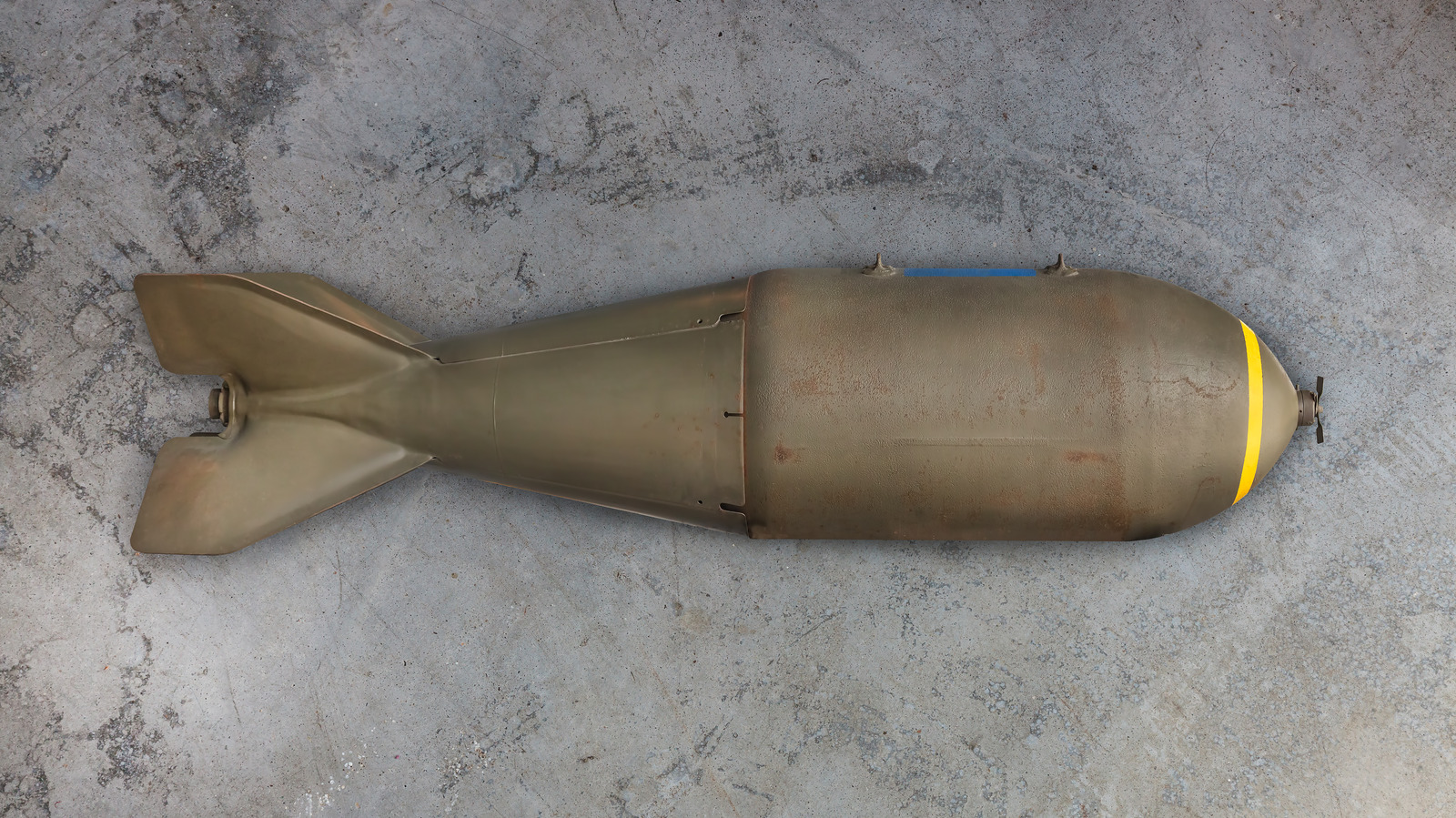How does wc command align line counts in Bash output?
When utilizing the wc -l command in Bash to count lines across multiple files, users often notice that the line counts are perfectly aligned with spaces, providing a clearer output. This consistent formatting raises an interesting question: how does wc manage to format its output correctly without reading all files in advance? In this article, we'll explore the mechanics behind the wc command, the alignment practices it employs, and why the output retains perfect formatting even when handling large files. Understanding the wc Command in Bash The wc command, short for "word count," is a powerful utility in UNIX and Linux environments that allows users to count lines, words, and characters in files. Specifically, the -l flag counts lines, meaning wc -l will output the number of lines in the specified file. However, when provided with multiple files, such as wc -l tmp*, the command presents a more elaborate output showcasing each file's line count along with a total. How wc Outputs Line Counts When you run wc -l on multiple files, the output follows the format: 10 tmp1 1000 tmp2 1000000 tmp3 1001010 total This format demonstrates a clear alignment of line counts: The line counts are right-aligned in a single column. The respective file names are listed alongside. A total is also provided at the end, which sums up all line counts. The Mechanism Behind Alignment The secret to the right-alignment of line counts lies in the way wc processes the input files first by determining the maximum number of digits in the largest line count before printing anything. Here are the steps wc takes to output correctly formatted results: Count Lines: It starts reading each file sequentially but only tracks the line count for each file. Determine Width: While reading, wc keeps a mental note of the maximum line count encountered. Once all counts are noted, it calculates how many characters are needed for the maximum count. Format Output: wc then formats each line count with leading spaces so that all counts line up perfectly to the right. This formatting ensures that no matter how extensive the line count, it will fit the expected width, generating a clean output without extra processing time. Example Code for Understanding To visualize how these functions might typically look, here’s a practical Bash script that mimics similar behavior: #!/bin/bash # Sample files creation seq 1 10 > tmp1 seq 1 1000 > tmp2 seq 1 1000000 > tmp3 # Counting lines and getting maximum width max_width=0 for file in tmp*; do count=$(wc -l < "$file") echo "$count $file" width=${#count} if (( width > max_width )); then max_width=$width fi done | sort -n > temp_output.txt # Align output while IFS= read -r line; do count=$(echo $line | awk '{print $1}') name=$(echo $line | awk '{$1=""; print $0}') printf "%${max_width}d %s\n" "$count" "$name" done < temp_output.txt # Total count total=$(awk '{s+=$1} END {print s}' temp_output.txt) printf "%${max_width}d total\n" "$total" This code snippet demonstrates the logic behind counting and formatting, ensuring that outputs are consistently aligned. Frequently Asked Questions Why is wc so efficient in formatting? The efficiency of wc stems from its design to read files sequentially while keeping track of maximum digits encountered, avoiding back and forth scanning of data. Can I change the default output formatting? While the formatting of wc is standard, you can redirect output to files or scripts to create custom formats as needed. Does wc handle very large files differently? No, wc processes large files similarly as it does smaller files, but there could be performance considerations due to read operations on large datasets. Conclusion Understanding how the wc command aligns its output provides insight into its operation and efficiency in Bash. By knowing that it calculates the maximum line count width before outputting results, you can appreciate the underlying logic that keeps your command-line outputs neat and orderly, even when dealing with numerous or large files. Next time you utilize wc -l, remember that this utility is not just a basic word counter but a well-optimized tool that takes formatting into account to deliver visually appealing results.

When utilizing the wc -l command in Bash to count lines across multiple files, users often notice that the line counts are perfectly aligned with spaces, providing a clearer output. This consistent formatting raises an interesting question: how does wc manage to format its output correctly without reading all files in advance? In this article, we'll explore the mechanics behind the wc command, the alignment practices it employs, and why the output retains perfect formatting even when handling large files.
Understanding the wc Command in Bash
The wc command, short for "word count," is a powerful utility in UNIX and Linux environments that allows users to count lines, words, and characters in files. Specifically, the -l flag counts lines, meaning wc -l will output the number of lines in the specified file. However, when provided with multiple files, such as wc -l tmp*, the command presents a more elaborate output showcasing each file's line count along with a total.
How wc Outputs Line Counts
When you run wc -l on multiple files, the output follows the format:
10 tmp1
1000 tmp2
1000000 tmp3
1001010 total
This format demonstrates a clear alignment of line counts:
- The line counts are right-aligned in a single column.
- The respective file names are listed alongside.
- A total is also provided at the end, which sums up all line counts.
The Mechanism Behind Alignment
The secret to the right-alignment of line counts lies in the way wc processes the input files first by determining the maximum number of digits in the largest line count before printing anything. Here are the steps wc takes to output correctly formatted results:
- Count Lines: It starts reading each file sequentially but only tracks the line count for each file.
-
Determine Width: While reading,
wckeeps a mental note of the maximum line count encountered. Once all counts are noted, it calculates how many characters are needed for the maximum count. -
Format Output:
wcthen formats each line count with leading spaces so that all counts line up perfectly to the right. This formatting ensures that no matter how extensive the line count, it will fit the expected width, generating a clean output without extra processing time.
Example Code for Understanding
To visualize how these functions might typically look, here’s a practical Bash script that mimics similar behavior:
#!/bin/bash
# Sample files creation
seq 1 10 > tmp1
seq 1 1000 > tmp2
seq 1 1000000 > tmp3
# Counting lines and getting maximum width
max_width=0
for file in tmp*; do
count=$(wc -l < "$file")
echo "$count $file"
width=${#count}
if (( width > max_width )); then
max_width=$width
fi
done | sort -n > temp_output.txt
# Align output
while IFS= read -r line; do
count=$(echo $line | awk '{print $1}')
name=$(echo $line | awk '{$1=""; print $0}')
printf "%${max_width}d %s\n" "$count" "$name"
done < temp_output.txt
# Total count
total=$(awk '{s+=$1} END {print s}' temp_output.txt)
printf "%${max_width}d total\n" "$total"
This code snippet demonstrates the logic behind counting and formatting, ensuring that outputs are consistently aligned.
Frequently Asked Questions
Why is wc so efficient in formatting?
The efficiency of wc stems from its design to read files sequentially while keeping track of maximum digits encountered, avoiding back and forth scanning of data.
Can I change the default output formatting?
While the formatting of wc is standard, you can redirect output to files or scripts to create custom formats as needed.
Does wc handle very large files differently?
No, wc processes large files similarly as it does smaller files, but there could be performance considerations due to read operations on large datasets.
Conclusion
Understanding how the wc command aligns its output provides insight into its operation and efficiency in Bash. By knowing that it calculates the maximum line count width before outputting results, you can appreciate the underlying logic that keeps your command-line outputs neat and orderly, even when dealing with numerous or large files. Next time you utilize wc -l, remember that this utility is not just a basic word counter but a well-optimized tool that takes formatting into account to deliver visually appealing results.








































































































































































![[The AI Show Episode 146]: Rise of “AI-First” Companies, AI Job Disruption, GPT-4o Update Gets Rolled Back, How Big Consulting Firms Use AI, and Meta AI App](https://www.marketingaiinstitute.com/hubfs/ep%20146%20cover.png)


























































































































![[DEALS] The Premium Python Programming PCEP Certification Prep Bundle (67% off) & Other Deals Up To 98% Off – Offers End Soon!](https://www.javacodegeeks.com/wp-content/uploads/2012/12/jcg-logo.jpg)














































































































-Mafia-The-Old-Country---The-Initiation-Trailer-00-00-54.png?width=1920&height=1920&fit=bounds&quality=70&format=jpg&auto=webp#)
-Nintendo-Switch-2---Reveal-Trailer-00-01-52.png?width=1920&height=1920&fit=bounds&quality=70&format=jpg&auto=webp#)























_Sergey_Tarasov_Alamy.jpg?width=1280&auto=webp&quality=80&disable=upscale#)





























































































![Instacart’s new Fizz alcohol delivery app is aimed at Gen Z [U]](https://i0.wp.com/9to5mac.com/wp-content/uploads/sites/6/2025/05/Instacarts-new-Fizz-alcohol-delivery-app-is-aimed-at-Gen-Z.jpg?resize=1200%2C628&quality=82&strip=all&ssl=1)




















![Beats Studio Pro Wireless Headphones Now Just $169.95 - Save 51%! [Deal]](https://www.iclarified.com/images/news/97258/97258/97258-640.jpg)































































































